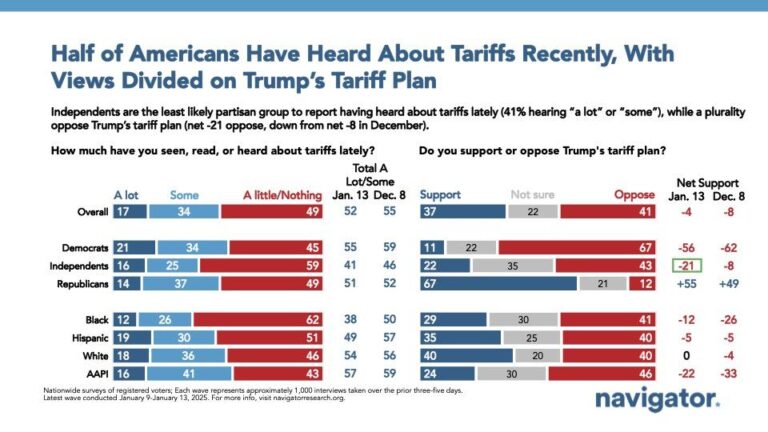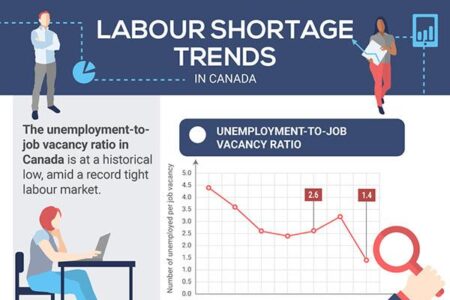In a bold move that threatens to further strain the already fragile relationship between the United States and Canada, former President Donald Trump has proposed a 35% tariff on Canadian imports. The announcement has sparked immediate concern among trade experts and political leaders on both sides of the border, raising fears of escalating economic tensions between the longtime allies. This development underscores the deepening rift in U.S.-Canada relations as policymakers grapple with the potential fallout of heightened trade barriers.
Trump’s 35 Percent Canada Tariff Plan Escalates Trade Tensions and Economic Uncertainty
The proposed imposition of a 35% tariff on Canadian goods marks a significant escalation in the trade tensions between the United States and its northern neighbor. This bold move threatens to disrupt decades of economic integration and cooperation, potentially leading to a ripple effect across industries deeply intertwined with cross-border supply chains. Experts warn that the tariffs could disproportionately impact sectors such as automotive, agriculture, and technology, where Canadian exports play a critical role in the U.S. market. As negotiations reach a precarious standstill, companies on both sides face mounting uncertainty, raising concerns over job losses and inflationary pressures that could stifle growth.
Key factors fueling the rise in trade tensions include:
- The desire to protect domestic manufacturing jobs in the U.S.
- Longstanding disputes over trade imbalances and market access.
- Political pressures aiming to strengthen America’s bargaining position.
| Industry | Estimated Impact | Potential Outcome |
|---|---|---|
| Automotive | -$4 billion yearly | Plant closures and layoffs |
| Agriculture | -$1.2 billion exports lost | Price volatility and supply cuts |
| Technology | -$900 million in trade | Slowed innovation and investment |
Analysis of Potential Impact on Canadian Industries and Cross-Border Supply Chains
Canada’s manufacturing and agricultural sectors are bracing for significant disruptions as the proposed 35% tariff threatens to elevate costs and reduce competitiveness. Industries such as automotive, forestry, and dairy-already entwined in intricate supply chains with U.S. partners-face potential delays and increased expenses. Key raw materials imported from the U.S. could spike in price, forcing companies to reconsider sourcing strategies or absorb higher costs, impacting profit margins and possibly leading to price hikes for consumers. The proposed tariffs also risk undermining investments in cross-border facilities and joint ventures, casting uncertainty over long-term planning and sector growth.
Implications extend beyond direct tariffs, with ripple effects including:
- Disrupted just-in-time manufacturing practices.
- Increased administrative and compliance burdens.
- Potential realignment of trade flows to alternative partners.
- Heightened risks for small and medium enterprises reliant on cross-border suppliers.
| Industry | Primary Impact | Potential Cost Increase |
|---|---|---|
| Automotive | Parts sourcing delays | Up to 15% |
| Agriculture | Export tariff hikes | 10-20% |
| Forestry | Raw material cost rise | 8-12% |
| Dairy | Market restrictions | 15-25% |
Experts Recommend Diplomatic Engagement and Strategic Negotiations to Mitigate Long-Term Damage
Amid escalating tensions triggered by the imposition of a 35% tariff on Canadian goods, experts urge a measured approach centered on diplomacy and strategic dialogue. Trade analysts emphasize that while immediate economic consequences are evident, the broader challenge lies in preventing a sustained rupture in the longstanding bilateral partnership. According to seasoned diplomats, open channels of communication and proactive negotiation tables can help de-escalate frustrations and foster mutual understanding, ultimately safeguarding key industries on both sides of the border.
Specialists suggest focusing on several core engagement strategies to navigate the dispute effectively:
- Regular high-level talks: Establishing consistent meetings between trade ministers to address grievances directly.
- Joint economic impact assessments: Collaborating in evaluating tariff repercussions to adjust policies responsively.
- Leveraging international trade bodies: Utilizing platforms like the WTO to mediate and enforce fair trade practices.
| Diplomatic Strategy | Expected Outcome |
|---|---|
| Frequent Bilateral Dialogues | Mitigates misunderstandings, builds trust |
| Economic Joint Task Force | Data-driven tariffs adjustments |
| Engagement with WTO | Neutral conflict resolution platform |
In Retrospect
As tensions escalate over President Trump’s proposal to impose a 35% tariff on Canadian goods, the longstanding economic alliance between the United States and Canada faces unprecedented strain. Stakeholders on both sides express concern about the potential repercussions for trade, investment, and regional stability. As negotiations continue, the outcome of this dispute will likely have far-reaching implications not only for the bilateral relationship but also for global trade dynamics. The world watches closely as two of its closest neighbors grapple with growing protectionist measures that challenge decades of cooperation.




